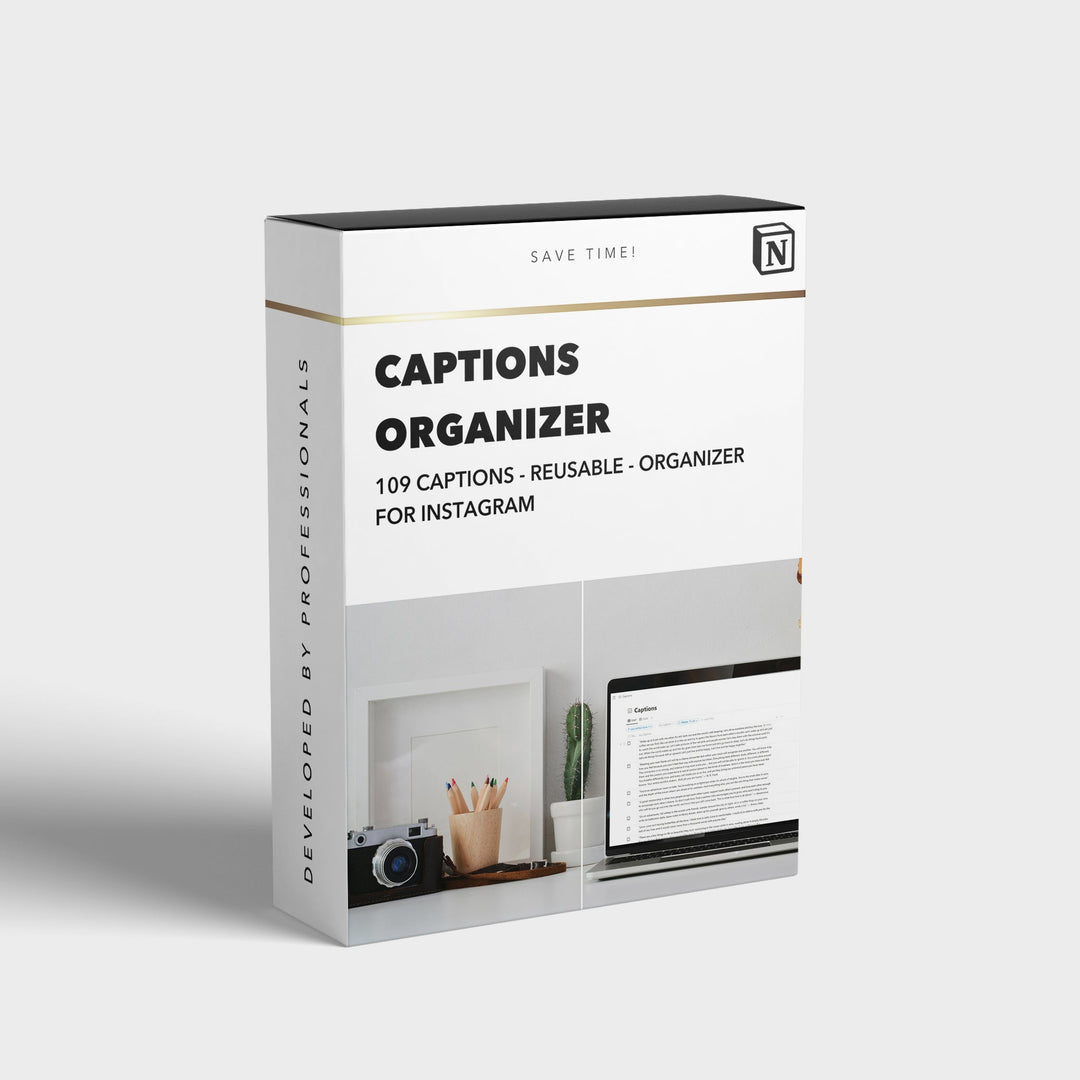staying organized as a wedding photographer

Wedding photography is a thrilling and rewarding profession that allows you to capture precious moments and create lasting memories for couples on their special day. However, with the multitude of details involved in photographing weddings, it's crucial for photographers to stay organized to ensure smooth operations and deliver exceptional results. In this article, we will explore effective strategies and techniques to help wedding photographers maintain organization throughout their workflow.
Importance of Organization for Wedding Photographers
As a wedding photographer, being organized is vital for several reasons. Firstly, it helps you stay on top of your tasks, ensuring that you capture all the important moments and details during a wedding. Additionally, being organized allows you to deliver your work promptly and efficiently, building a strong reputation and ensuring client satisfaction. Moreover, an organized workflow enables you to manage your time effectively, allowing you to balance multiple shoots and deliver consistent quality to your clients.
Setting Up a Systematic Workflow
A systematic workflow is the foundation of staying organized as a wedding photographer. By following a structured approach, you can minimize the chances of missing crucial shots and efficiently handle post-production tasks. Here are some essential steps to establish a systematic workflow:
Creating a Checklist
Before each wedding shoot, create a comprehensive checklist that includes all the key moments and shots you need to capture. This checklist should cover various aspects such as pre-ceremony, ceremony, reception, and group portraits. By having a checklist, you can ensure you don't overlook any essential shots and deliver a well-rounded wedding album.
Utilizing Digital Tools and Software
In the digital age, there are numerous tools and software available to assist wedding photographers in staying organized. Utilize online platforms and applications that help you manage client communication, contracts, scheduling, and photo editing. These tools can streamline your workflow, save time, and reduce the chances of errors or miscommunication.
Setting up Folders and File Naming Conventions
Organize your digital files systematically by creating folders and using consistent file naming conventions. Create separate folders for each wedding, and within each folder, categorize the images by events or moments. Implementing a logical file naming convention will make it easier to locate specific images during post-processing and when delivering the final product to clients.
Efficient Equipment Management
Effective equipment management is crucial for wedding photographers to ensure they have everything they need on hand and to protect their valuable gear. Here are some tips for maintaining an organized equipment management system:
Maintaining a Well-Stocked Bag
Before each wedding, double-check your camera bag to ensure you have all the necessary equipment. This includes cameras, lenses, memory cards, batteries, and any additional accessories you might require. Regularly update your gear to stay current with technological advancements and have backup equipment readily available in case of malfunctions.
Backing up and Organizing Photos
To prevent the loss of precious wedding photos, establish a backup system for your files. Create backups immediately after a shoot and organize them in a secure location, such as external hard drives or cloud storage. Implement a consistent backup routine to safeguard your work and give you peace of mind.
Cleaning and Maintaining Gear
Regularly clean and maintain your equipment to ensure optimal performance and longevity. Keep your lenses free from dust and smudges, clean your camera sensor regularly, and check for any signs of wear or damage. By properly maintaining your gear, you can avoid unexpected issues during a wedding shoot and extend the lifespan of your equipment.
Streamlining Communication and Contracts
Clear communication with clients and effective contract management are essential components of an organized wedding photography business. Here's how you can streamline your communication and contracts:
Using Online Platforms for Client Communication
Take advantage of online platforms and tools that facilitate efficient communication with clients. Use email, messaging apps, or project management software to keep clients informed about timelines, expectations, and any necessary preparations. This ensures that everyone is on the same page and minimizes the chances of misunderstandings.
Keeping Track of Contracts and Agreements
Maintain a well-organized system for managing contracts and agreements with clients. Digitize your contracts and store them securely in an organized manner. Implement reminders for contract renewal or payments to ensure that you stay on top of your administrative tasks and maintain a professional approach.
Scheduling and Time Management
Wedding photography often involves working on tight schedules, managing multiple shoots, and meeting deadlines for delivering edited photos. Here are some strategies to help you stay organized with scheduling and time management:
Creating a Wedding Day Timeline
Collaborate with your clients to create a detailed wedding day timeline. Plan the sequence of events, allowing sufficient time for each segment, including preparations, ceremonies, portraits, and reception. A well-structured timeline ensures that you capture all the essential moments and keeps the day running smoothly.
Efficiently Managing Editing and Post-Production
Establish a consistent editing workflow to handle post-production efficiently. Create a system for importing, organizing, and editing your photos. Utilize software tools and presets to streamline your editing process without compromising the quality of your work. Allocate dedicated time slots for editing and stick to your schedule to meet delivery deadlines.
Planning and Balancing Multiple Shoots
If you often have overlapping wedding bookings, it's crucial to plan and balance your schedule effectively. Maintain a calendar or scheduling tool that helps you visualize your commitments and avoid scheduling conflicts. Communicate clearly with clients to manage expectations regarding delivery timelines, especially when working on multiple projects simultaneously.
Staying Calm and Focused
Wedding days can be chaotic and stressful, but staying calm and focused is key to maintaining organization and delivering outstanding results. Consider these tips for managing stress and staying organized during weddings:
Dealing with Wedding Day Chaos
Expect the unexpected and be prepared to adapt to changing circumstances on a wedding day. Stay flexible and have contingency plans in place to handle unforeseen challenges. Maintain clear communication with your clients and vendors to navigate any last-minute changes smoothly.
Managing Stress and Staying Organized
Take care of yourself to avoid burnout and stay organized mentally and physically. Prioritize self-care, get sufficient rest before a wedding, and maintain a healthy lifestyle. Stay organized by creating to-do lists, using digital reminders, and practicing stress-relief techniques like deep breathing or meditation.
Conclusion
Staying organized as a wedding photographer is crucial for delivering exceptional work, maintaining client satisfaction, and managing your business efficiently. By setting up a systematic workflow, efficiently managing equipment and files, streamlining communication and contracts, practicing effective scheduling and time management, and staying calm and focused, you can elevate your photography business and consistently deliver remarkable results.
FAQs
How can I ensure I capture all the important moments at a wedding?
To ensure you capture all the important moments, create a detailed checklist, collaborate with clients to create a wedding day timeline, and communicate with key individuals involved in the wedding. Stay attentive and be prepared to adapt to changing circumstances.
What are the essential tools for a wedding photographer to stay organized?
Essential tools for a wedding photographer to stay organized include checklists, digital tools and software for communication and file management, well-organized gear bags, backup systems for photos, and efficient scheduling and time management tools.
How can I efficiently manage my editing workflow?
To efficiently manage your editing workflow, establish a consistent system for importing, organizing, and editing your photos. Utilize software tools, presets, and allocate dedicated time slots for editing. Stick to a schedule and communicate delivery timelines clearly with clients.
What steps should I take to avoid losing or damaging my equipment?
To avoid losing or damaging your equipment, maintain a well-stocked camera bag, regularly back up your files, clean and maintain your gear, and have backup equipment readily available. Take precautions when traveling with your gear and invest in protective cases or bags.
How can I effectively communicate with clients and vendors?
Utilize online platforms and tools for efficient client communication. Keep clients informed about timelines, expectations, and preparations. Maintain organized contract management systems. Establish clear lines of communication with vendors to ensure smooth collaboration and avoid misunderstandings.









![[NEW] Clean Collection Presets Mobile - bitesandtickles](http://bitesandtickles-shop.com/cdn/shop/products/new-clean-collection-presets-mobile-256234.jpg?v=1685723321&width=1000)












Leave a comment